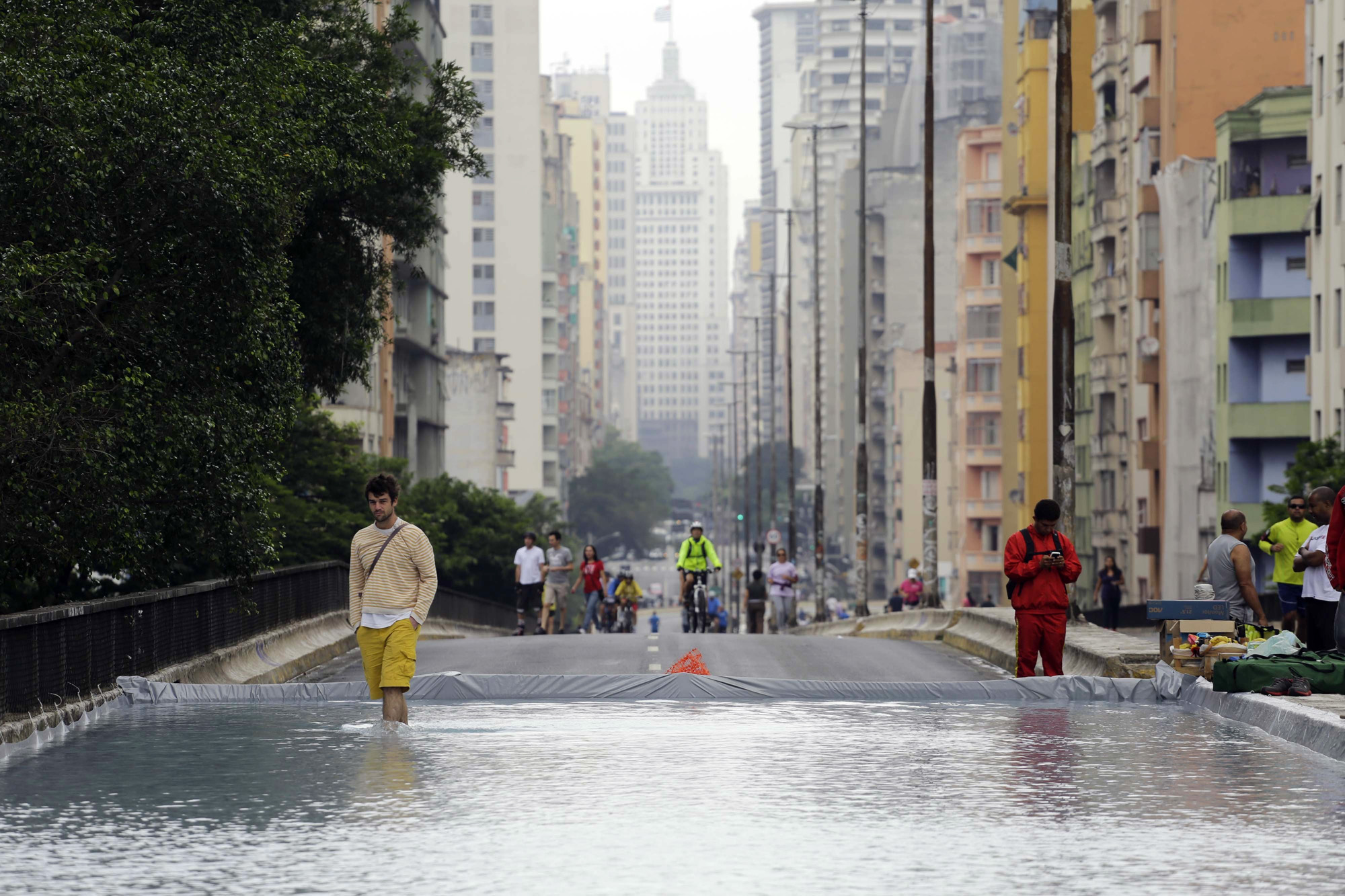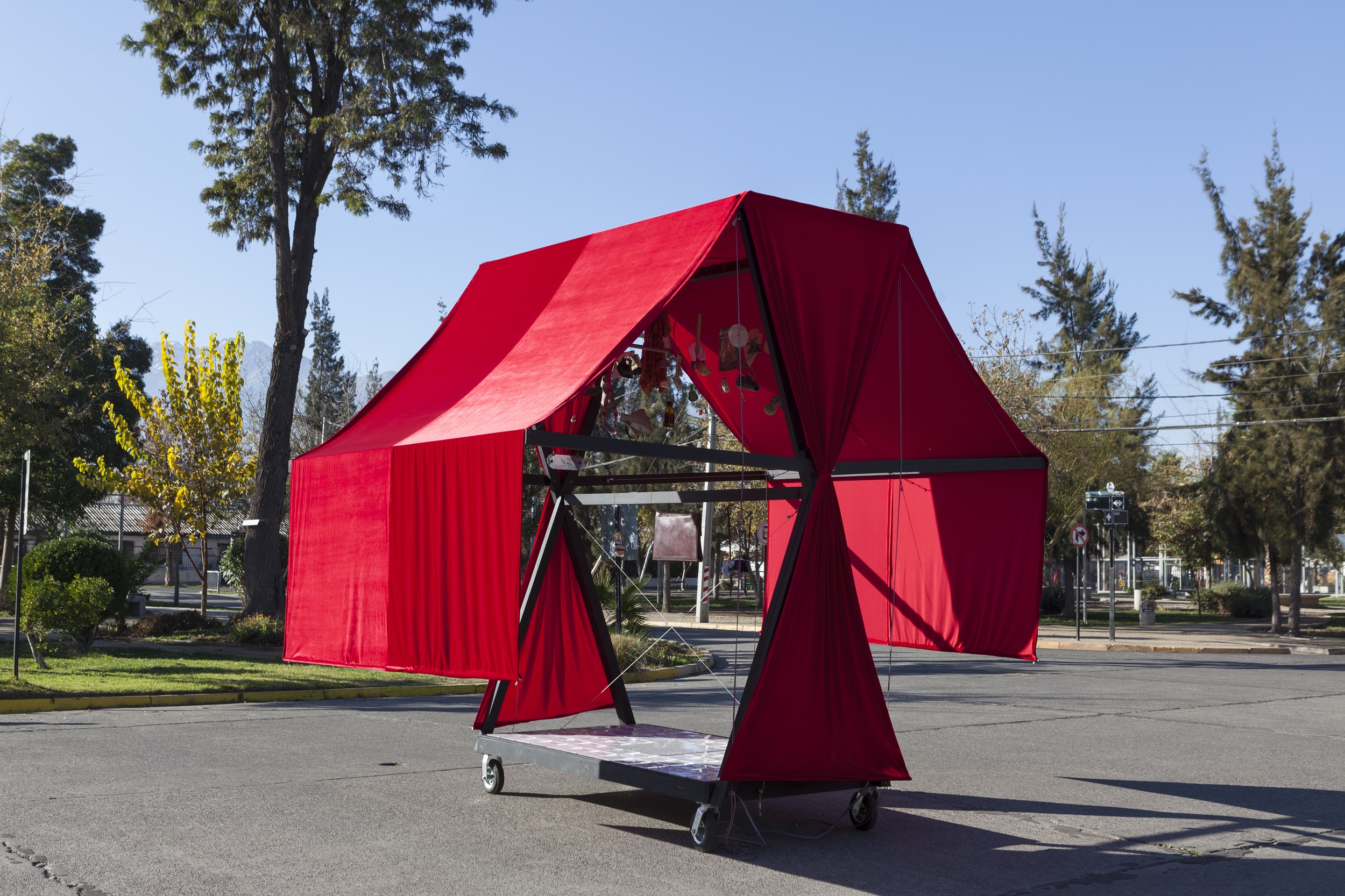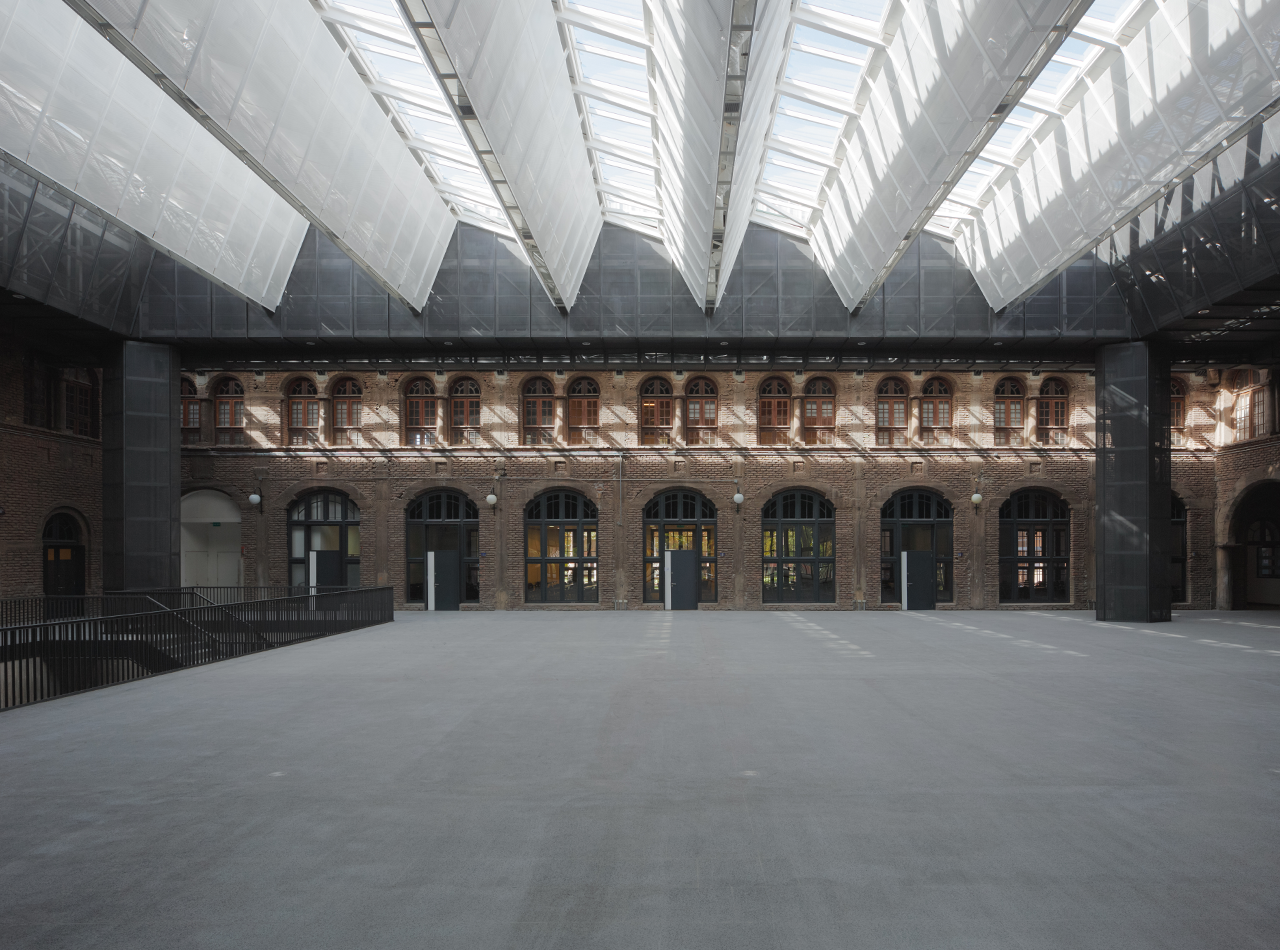Ariadna Cantis: What are the artistic re-conceptualizations of space and the public domain?
Conceptualizing Architecture and Public Space Projects
Rozana Montiel is the founder and director of the Mexico-based architectural firm Rozana Montiel Estudio de Arquitectura (REA), an office specializing in architectural design, artistic re-conceptualizations of space, and the public domain. The studio works on a wide variety of projects in different scales and layers, ranging from the city to the book, the artifact, and other micro-objects.
Their most recent social project, PILARES Presidentes de México, has won several awards, including the Silver Medal at the XVII National Biennial of Mexican Architecture and First Prize in the Public Space category of the CEMEX 2022 Building Award, both in its national and international editions.
Rozana Montiel: When the boundaries between art and architecture are blurred, architecture provokes, mobilizes, and dislocates in the same way that art does. In the studio, we always try to relate to art in order to re-conceptualize architecture and public space projects from a broader place. We move from abstraction to concreteness, from monochromatic to color, from fiction to reality. Taking this dialogue between experience and imagination as a starting point, we build different times, possibilities, and realities.

Rozana Montiel Estudio de Arquitectura: Stand Up for the Seas!
Photo: Sandra Pérez Nieto. Courtesy: Rozana Montiel.
How do you deal in your practice with the different scales, ranging from the city to the artifact or micro-objects?
We work the scales simultaneously, as each feeds back to the other. One of our handiest resources is the idea of the zoom. Zooming in and out allows multiple readings due to the overlapping of scales. It is like having a magnifying glass that allows us to get close enough to understand the detail, but also to zoom out enough to observe the city and its different layers. In this visual and spatial metaphor, the macro-scale is possible in a microcosmic space.
These ideas, in turn, translate into strategies for the urban or distant scale and tactics for the smaller scale. When we get closer, we make small acupunctures or tactics by designing not only artifacts but also projects of a smaller scale, multifunctional structures that are very simple but very powerful because, in their repetition and seriality, they build a city. At the same time, when we approach the city and zoom in, we find residual or interstitial spaces with a potential for developing projects, which as a whole and from a more distant scale, weave a network that, again, makes city.
Pavilions as a Way of Building Culture
What is the meaning of pavilions within your practice?
Pavilions, installations, and exhibitions are a great opportunity for experimentation, reflection, and learning. The ephemeral projects we develop when we’re invited to present our work in biennials, festivals, or exhibition spaces, although they have to be designed and built in a short time, always have an important background and message. We take advantage of these opportunities to express our thoughts on social, political, or ecological problems, such as, for example, the pollution of the seas. These ephemeral projects build culture, because there is research behind them, there is an invitation to take a stand, and also a call to action.
Please tell us about the Stand Up for the Seas! project.
Stand Up for the Seas! is an installation designed for the exhibition Terre! Land in Sight by the Cité de l'architecture et du patrimoine, as part of the 2nd Edition of the Biennale d'Architecture et du Paysage d'Île-de-France (Bap, 2022) in Versailles.
Stand Up for the Seas! is a stand against the dire issue of the pollution of the seas. It arises from an invitation to design a 1:1 scale installation that would answer one of the crucial questions of our times: How can we reinvent our habitat in the face of the climate emergency and the depletion of our resources?
The piece is made of recycled materials (steel, nets and soil), and it invites us to walk inside a seine fishing net to experience what it feels like to be trapped.
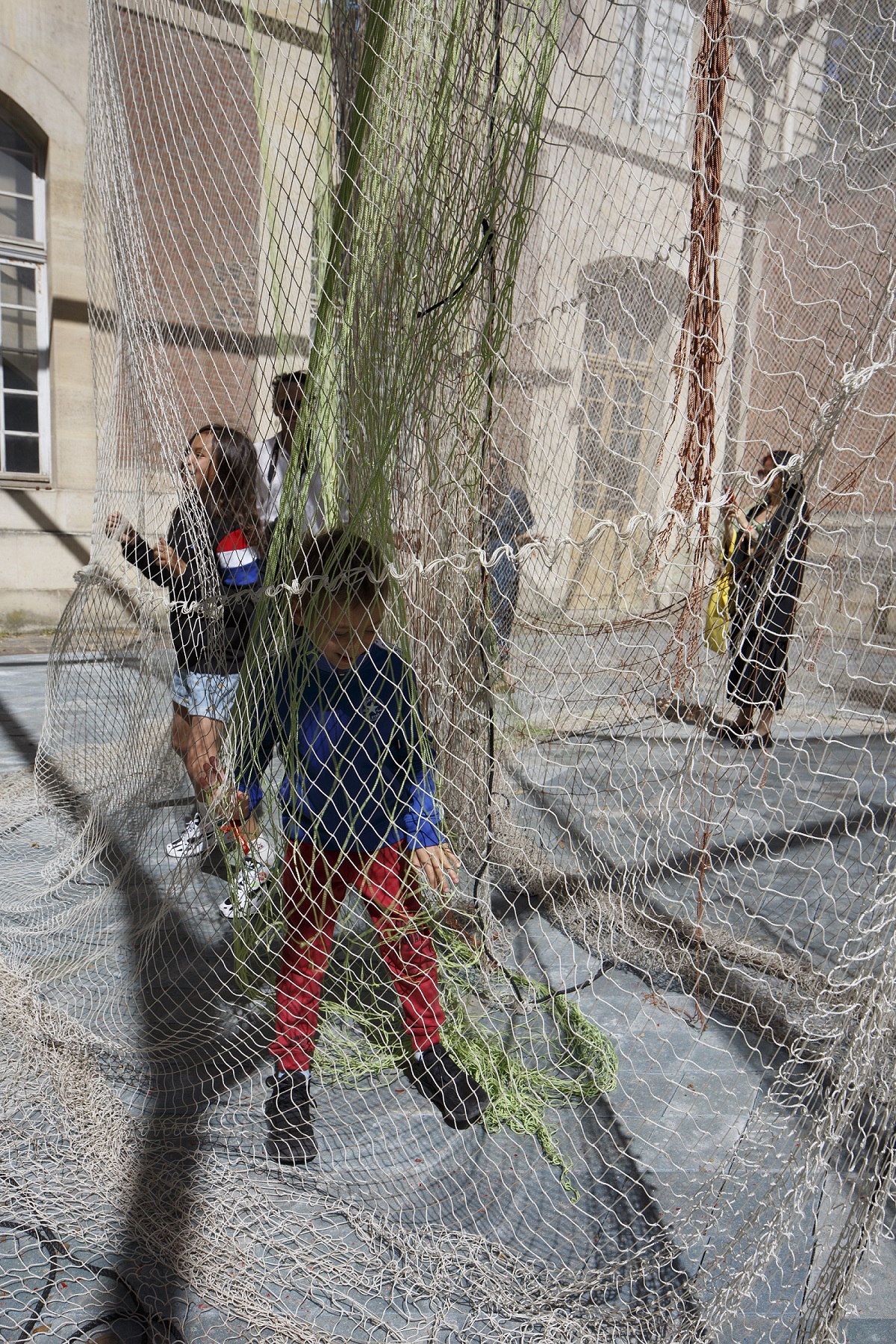
Rozana Montiel Estudio de Arquitectura: Stand Up for the Seas!
Photo: Sandra Pérez Nieto. Courtesy: Rozana Montiel.

Rozana Montiel Estudio de Arquitectura: Stand Up for the Seas!
Photo: Studio RM. Courtesy: Rozana Montiel.
How does the circular economy work in this installation?
Transforming trash into resources is becoming increasingly important. For this project, we shredded fishing nets (macro-plastic) with PET-derived micro-plastics, recovered from sand and the ocean, and melted them down to produce a new material: a polymeric floor, which is a useful building material.
Transforming the ordinary into something extraordinary requires commitment. We believe in creating a sense of identity and belonging through new materials, textures, and atmospheres in dialogue with the local context.
Academia
What does it mean to teach architecture?
If architecture is a platform for expression, then our ideas must transpire through it. To teach architecture is to stimulate critical thinking, and this thinking leads to a reflection that is ultimately materialized. One of the exercises in critical thinking is to explore new schemes to represent space.
The interpretation of a project can’t be separated from its representation. Language plays a fundamental part in all this because architecture tells stories. We must be able to build narratives around our projects. Every project has a beginning, a resolution, and a conclusion. When we teach architecture, we place a special emphasis on writing—because language is the starting point for interpreting reality—and on redrawing—because it is also a way of understanding and transforming reality, of making the invisible visible, of finding hidden details, of exercising the gaze.
We learn by doing and acting from our observations, therefore, we must have an active gaze to be able to find opportunities in the context, to turn the ordinary into extraordinary. When I teach architecture, I seek to stir up curiosity and creativity in the students, so that when they look beyond, they’re able to find wonder in the simplest and most unexpected places.
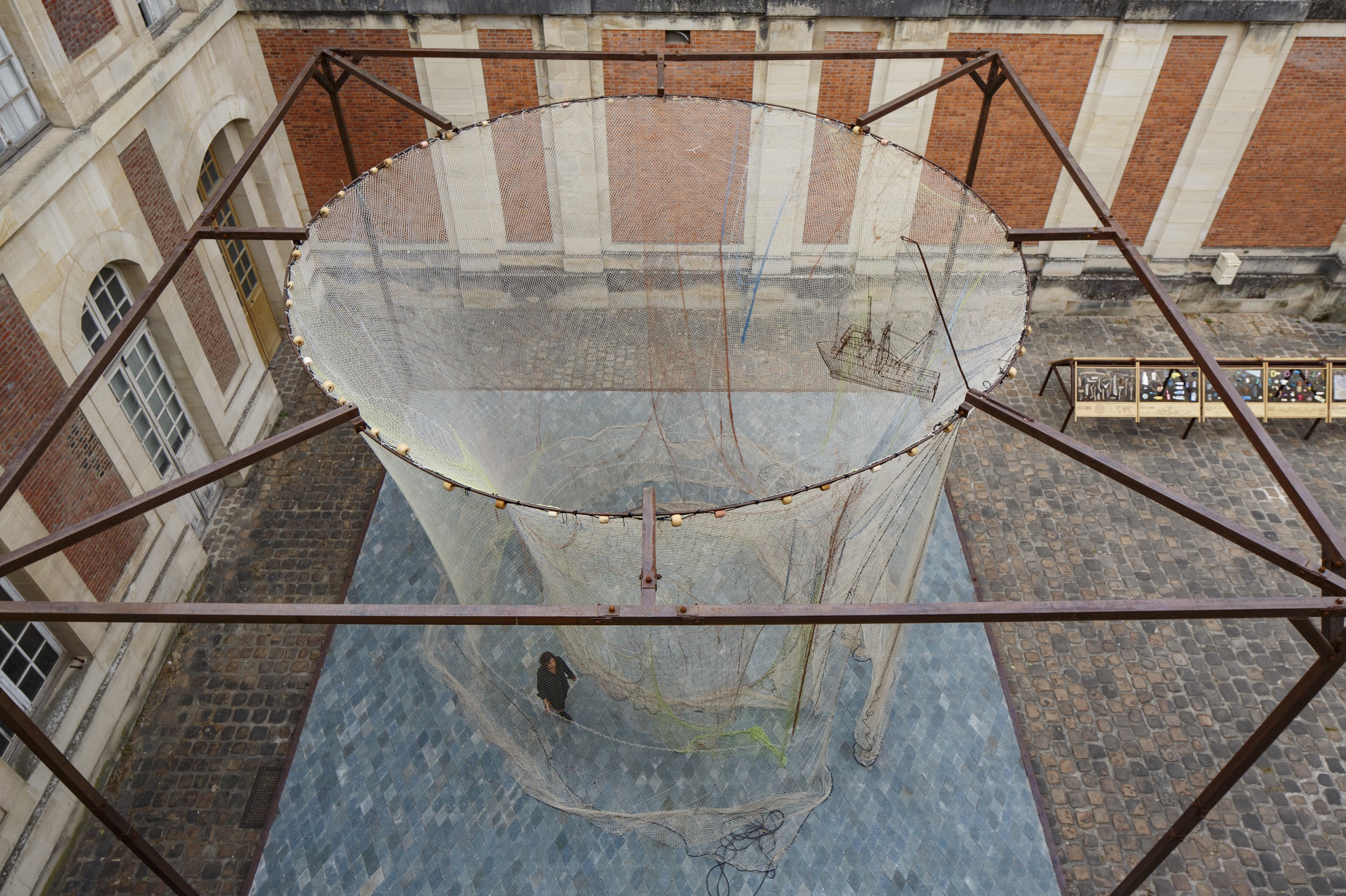
Rozana Montiel Estudio de Arquitectura: Stand Up for the Seas!
Photo: Sandra Pérez Nieto. Courtesy: Rozana Montiel.
What is your position on the current teaching of architecture?
We must reflect on the design tools that architecture implements as a discipline. For me, buildings are powerful structures for housing knowledge. The spaces we design are linked to teaching, learning, and reflection. To learn is to acquire knowledge. To apprehend is to conceive species of spaces through experience to fix them in memory.
In our studio, design is a process of creative and strategic thinking aimed at providing better aesthetic and functional solutions to complex human problems. So, we must train architects who can play, at the same time, the role of mediator, provocateur, and manager between institutions and communities. By taking the initiative to identify a problem, investigating, and persuading students and professionals to find simple and feasible solutions, we contribute to society from our role as designers.
What should we bring into academia in the face of contemporary challenges?
As architects, we are taught to design and build, but we aren’t always taught to express our convictions through design. It is increasingly important that we foster critical thinking through architecture. Every project should be an opportunity for interdisciplinary research and collaboration. Any complex thinking should be able to be synthesized and to communicate what we think about an issue. When we work within a community, in a particular landscape, or with a specific building material, we are actually taking a stand.
Where are you currently teaching? Where have you taught in the last few years?
For the last few years, I’ve been teaching at Cornell University, Ithaca, in New York. I first taught, together with Derek Dellekamp and in collaboration with Erin Pellegrino and Sana Frini, a project workshop called Fly on the Wall: Reimagining cross-border territories through design thinking, where we worked on the premise that borders are socio-politically charged spaces, which develop unique forms of spatial production. A semester later, I taught an elective workshop at Cornell with Sana Frini called Abundant Scarcities: Building Architecture within the Global South, where we studied the concept of scarcity from the point of view of design and critical thinking. Instead of understanding scarcity as a limitation, this workshop invited students to look at scarcity as a creative tool. The same year, we repeated Abundant Scarcities at Kent University, Ohio, USA.
Last semester I taught a seminar called Art if Act. The name of the course is a play on words that serves as an excuse to explore ideas about how to act in common spaces, through the practice of looking closely at the things we have at our fingertips. We worked between the object scale and its resonance with the scale of the city, to find artifacts built from recycled materials, waste, low-cost items, and ready-mades, which have the potential of becoming functional infrastructures. In parallel, I have taught at several universities in Mexico and will soon be teaching at Columbia University and Berkeley.
The constant aspect in all these academic experiences is my interest in taking research to action, experimenting and building these prototypes on a 1:1 scale, and doing a lot with little.
PILARES
What is the PILARES project?
PILARES (for its acronym in Spanish for Points of Innovation, Freedom, Art, Education, and Knowledge) is a social impact urban project developed by the Mexico City Government that aims to generate community centers that serve as public meeting points.
Where is this project located and what is its program?
The PILARES center we developed is located in the Presidentes de Mexico neighborhood, Iztapalapa, which is one of the most densely populated districts of Mexico City, characterized by low socioeconomic conditions and high rates of violence. The commission includes a community center that houses a cyber-school; arts and crafts workshops (screen printing, jewelry, plumbing, and gastronomy); sports facilities; a dance, yoga, and body arts room; an orchard; and classrooms for entrepreneurship and job training lessons.
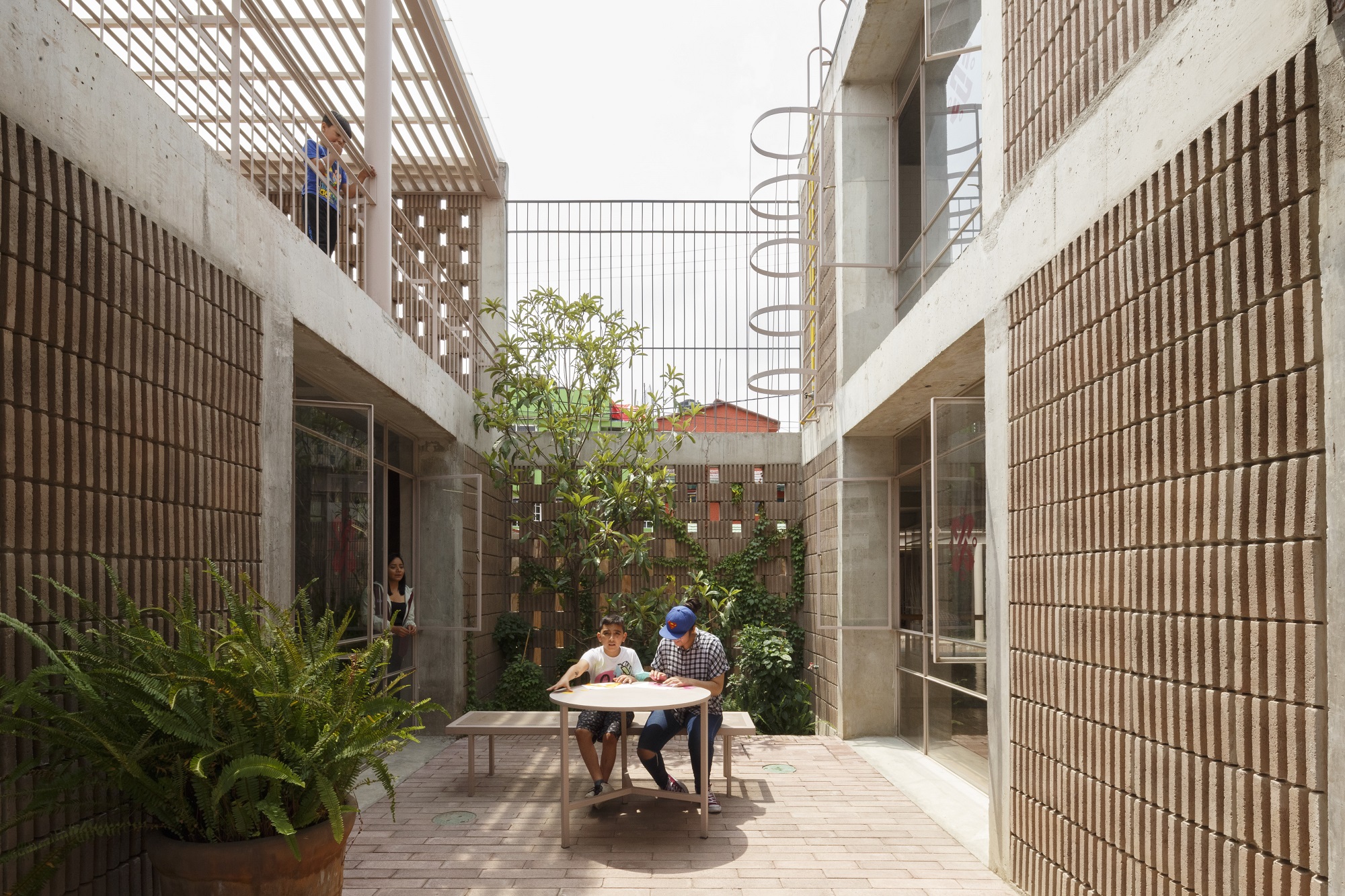
Rozana Montiel Estudio de Arquitectura: PILARES Presidentes de México.
Photo: Sandra Pérez Nieto. Courtesy: Rozana Montiel.

Rozana Montiel Estudio de Arquitectura: PILARES Presidentes de México.
Photo: Sandra Pérez Nieto. Courtesy: Rozana Montiel.

Rozana Montiel Estudio de Arquitectura: PILARES Presidentes de México.
Photo: Sandra Pérez Nieto. Courtesy: Rozana Montiel.
How does one design a public space?
Given that this neighborhood lacks open spaces such as parks, squares and gardens, our PILARES was designed as a public, inclusive, and multifunctional space, which transforms the idea of barriers into meeting platforms.
How did you resolve the connection to the street and the city?
The main entrance connects the building to the street activity through a tree-lined arcade, delimited by a portico of pillars.
What is the materiality of the project?
We used only two materials in the project: striated blocks and tiles of reddish concrete and steel profiles in the same color palette. This materiality gives the site an iconic identity and generates a play of light and shadows, which allows reading the space in different layers and depths. Concrete is thus redefined and employed under different expressions to produce lattices, ventilated interiors, hermetic exteriors, and pavement fabrics. The creative use of this material allows for different spatial interpretations.
What kind of program does PILARES house?
The architectural program distributes the forums and classrooms between two stories which are interconnected via a system of landscaped patios and corridors. The project hopes to become a recreational cultural oasis. Despite being located on a small site, its interior offers a feeling of spaciousness and diversity of spaces.
PILARES is aimed at children, young people, and adults from the Presidentes de México neighborhood and its surroundings, especially those who have dropped out of school or are in a situation of illiteracy.

Rozana Montiel Estudio de Arquitectura: PILARES Presidentes de México.
Photo: Sandra Pérez Nieto. Courtesy: Rozana Montiel.
What does it mean to work for vulnerable areas of the city?
The PILARES centers are distributed strategically in vulnerable areas of the city lacking cultural infrastructure. This social program is based on a series of complementary extracurricular educational services that transform people’s leisure time with educational activities that can nurture a sense of belonging and stimulate citizen participation.
Thus, PILARES offers activities oriented toward the resolution of concrete problems that respond to the needs of the community. Through research, science, technology, and knowledge dissemination, it promotes the development of people’s capacities to reduce inequalities and strengthen the social fabric.
